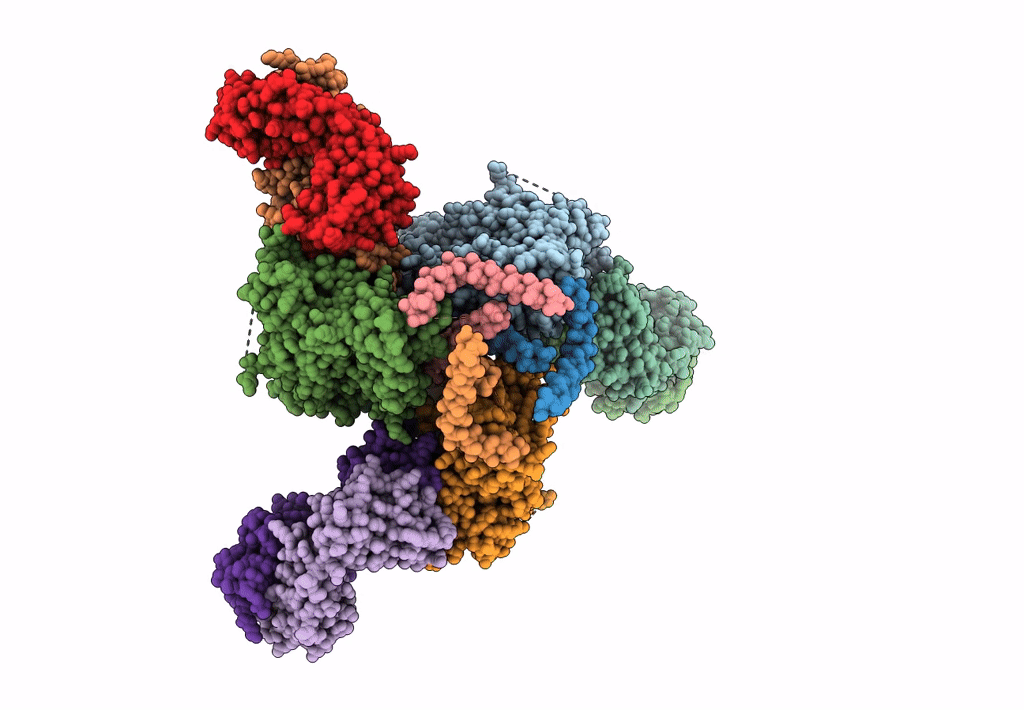
Deposition Date
2013-10-26
Release Date
2013-11-13
Last Version Date
2024-11-27
Entry Detail
PDB ID:
3J5M
Keywords:
Title:
Cryo-EM structure of the BG505 SOSIP.664 HIV-1 Env trimer with 3 PGV04 Fabs
Biological Source:
Source Organism:
Human immunodeficiency virus 1 (Taxon ID: 11676)
Homo sapiens (Taxon ID: 9606)
Homo sapiens (Taxon ID: 9606)
Host Organism:
Method Details:
Experimental Method:
Resolution:
5.80 Å
Aggregation State:
PARTICLE
Reconstruction Method:
SINGLE PARTICLE


